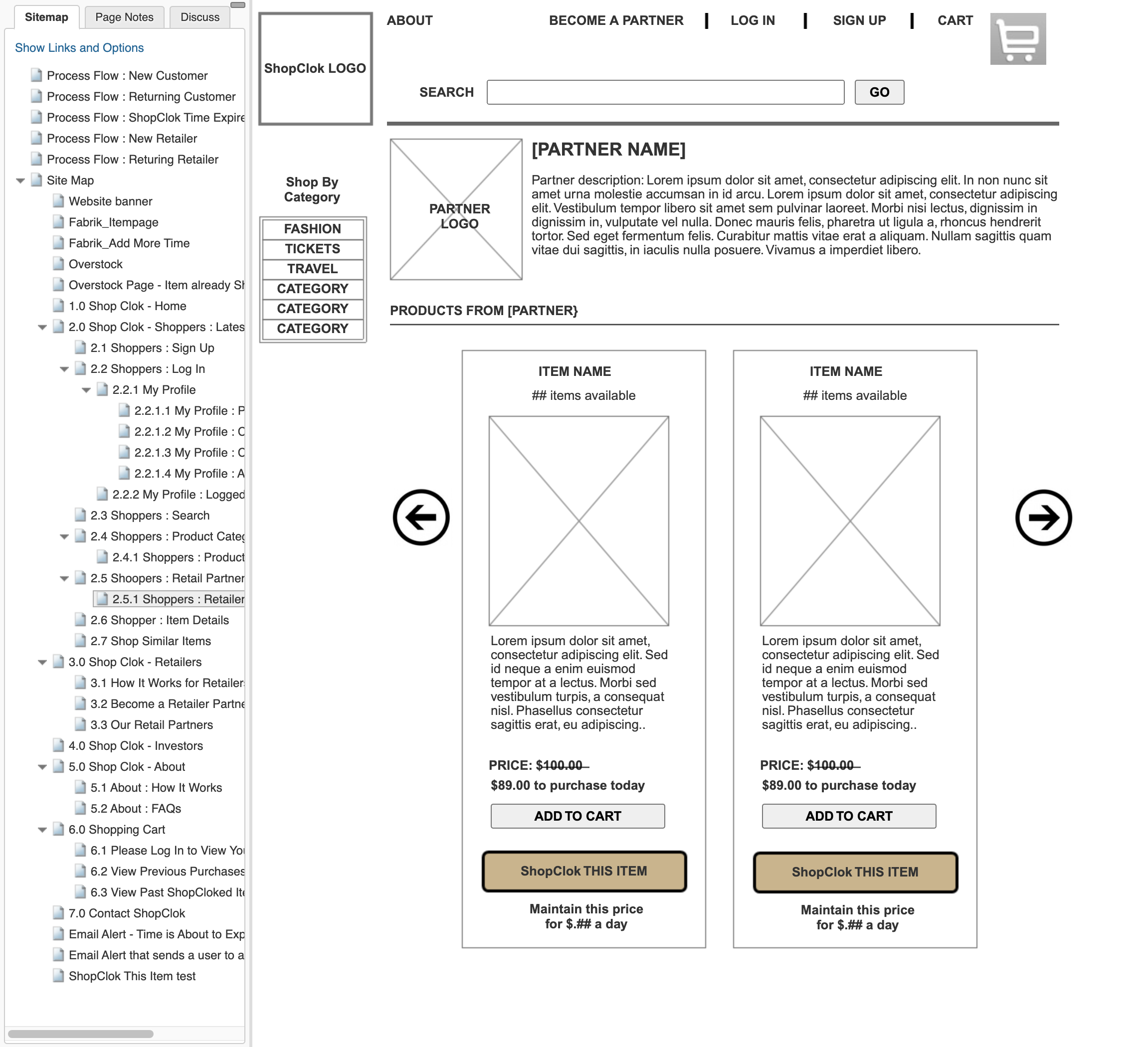
Product Design
I try to bring a user-centric approach to all of the work that I do, informed by an understanding of the customer and their needs and desires, as well as the goals and drivers from a business perspective. And I have been fortunate throughout my career to be able to work on a number of products that work to solve specific problems.

Products are designed to solve specific user problems or address specific needs in a specific market. I try to bring a user-centric approach to all of the work that I do, informed by an understanding of the customer and their needs and desires, as well as the goals and drivers from a business perspective. And I have been fortunate throughout my career to be able to work on a number of products that work to solve specific problems.
For Advent Health System’s Florida Hospital network, the problem we tackled was creating a foundation for all of that system’s institute (specialty care) offerings that would address nuances needed for practices like cardiovascular care, women’s health, orthopedics, organ transplants, cancer and other conditions. We interviewed internal stakeholders, toured facilities, devoured industry research, looked at competitors, interviewed patients, crafted persona, held requirement gathering workshops — all to inform the design and development work that followed. A core content-design-UX team of six put the approach, process and systems in place to allow us to build sites for six Florida Hospital Institutes over the course of six months.
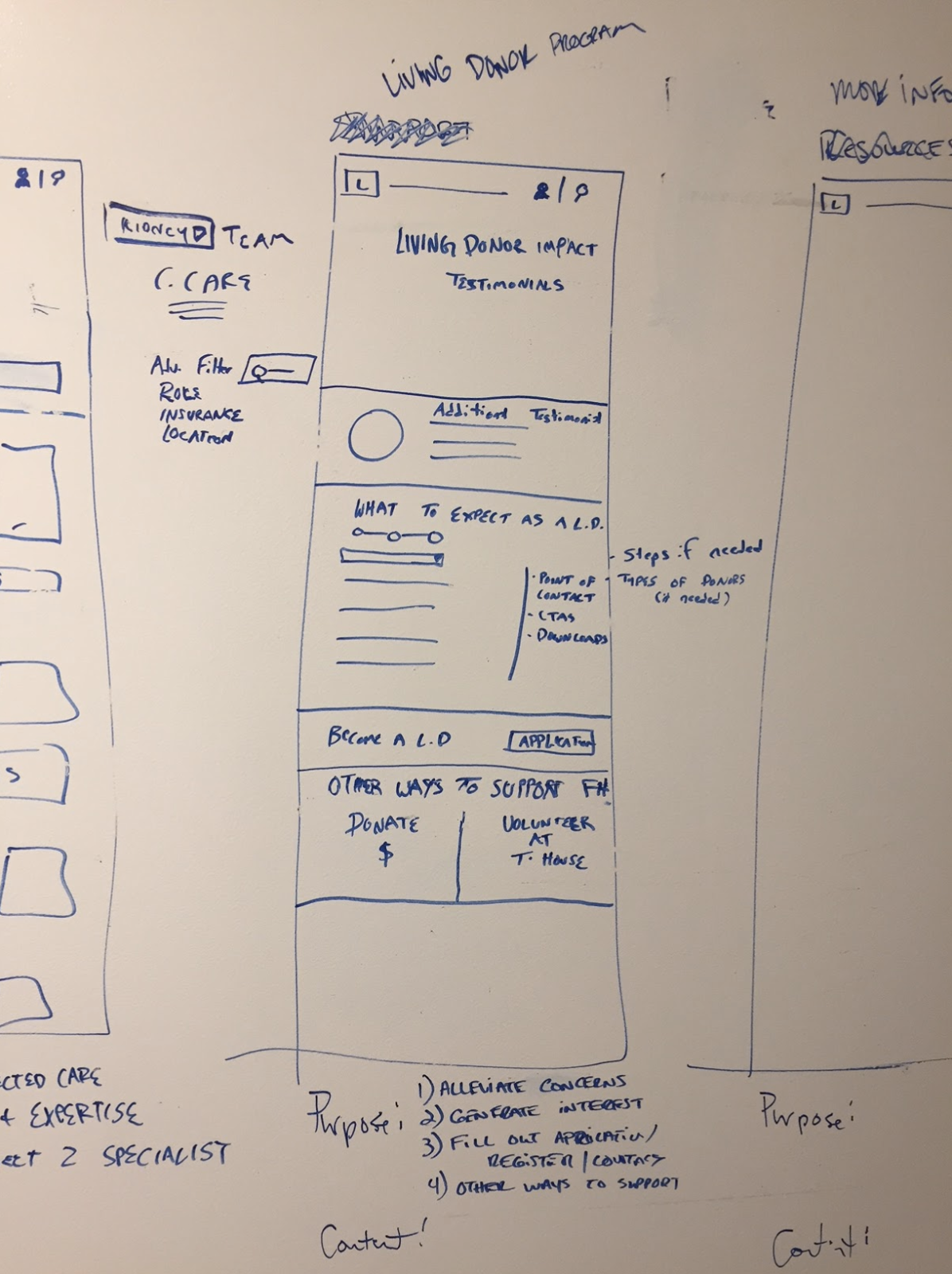
Whiteboard wireframing allowed us to explore possible solutions quickly.
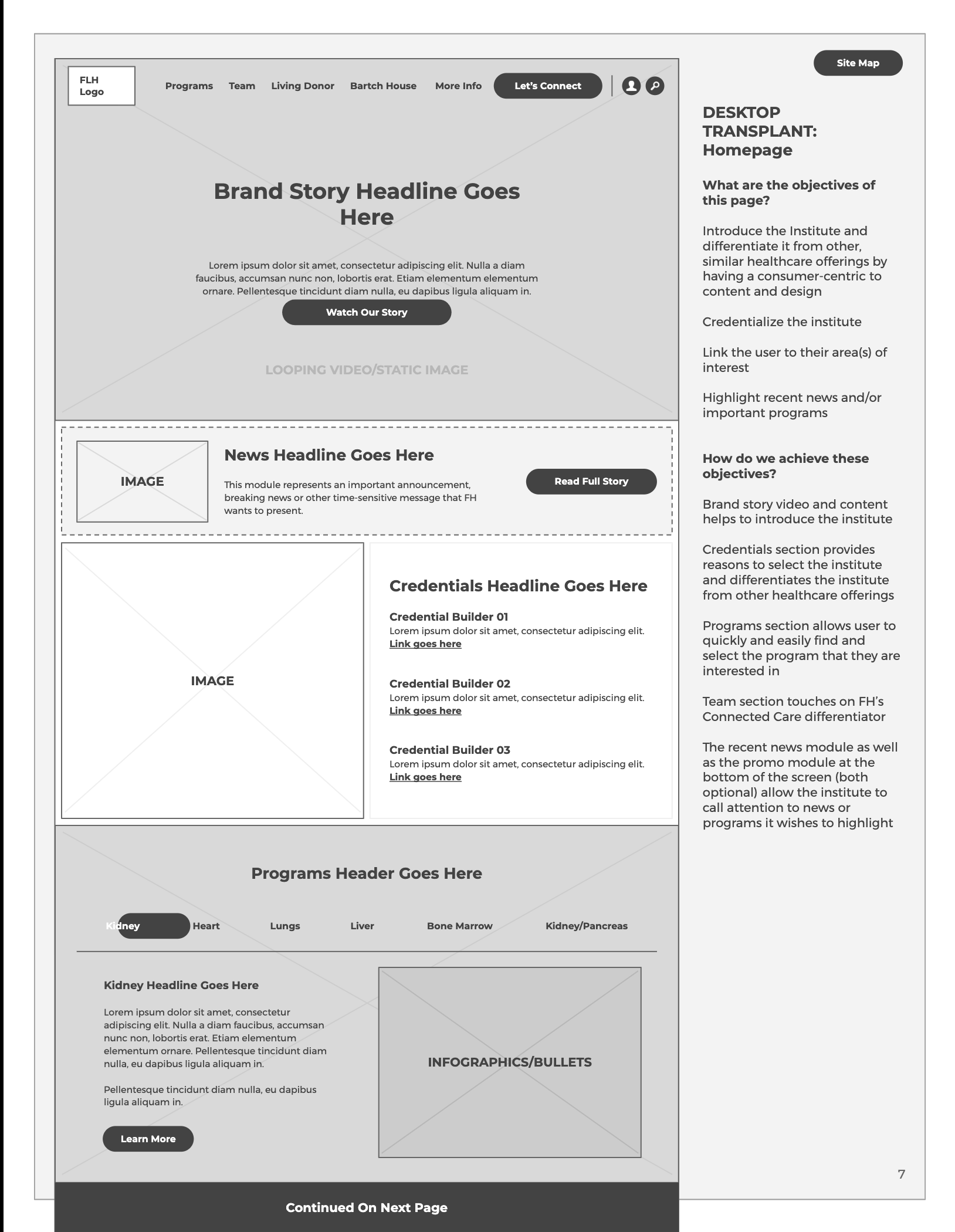
Wireframes captured key objectives as well as functionality.
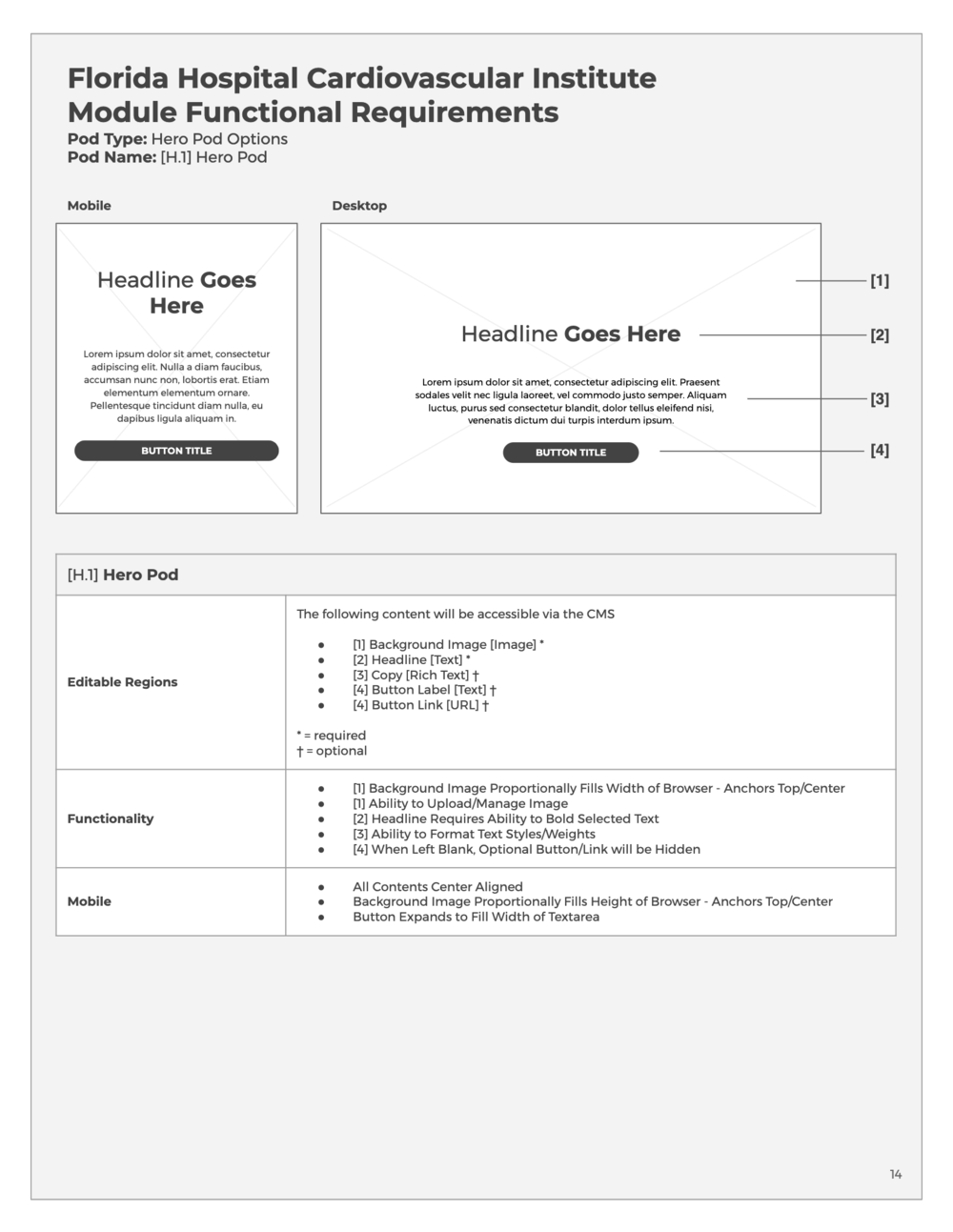
Wireframes became a foundational document for aligning on requirements as well.
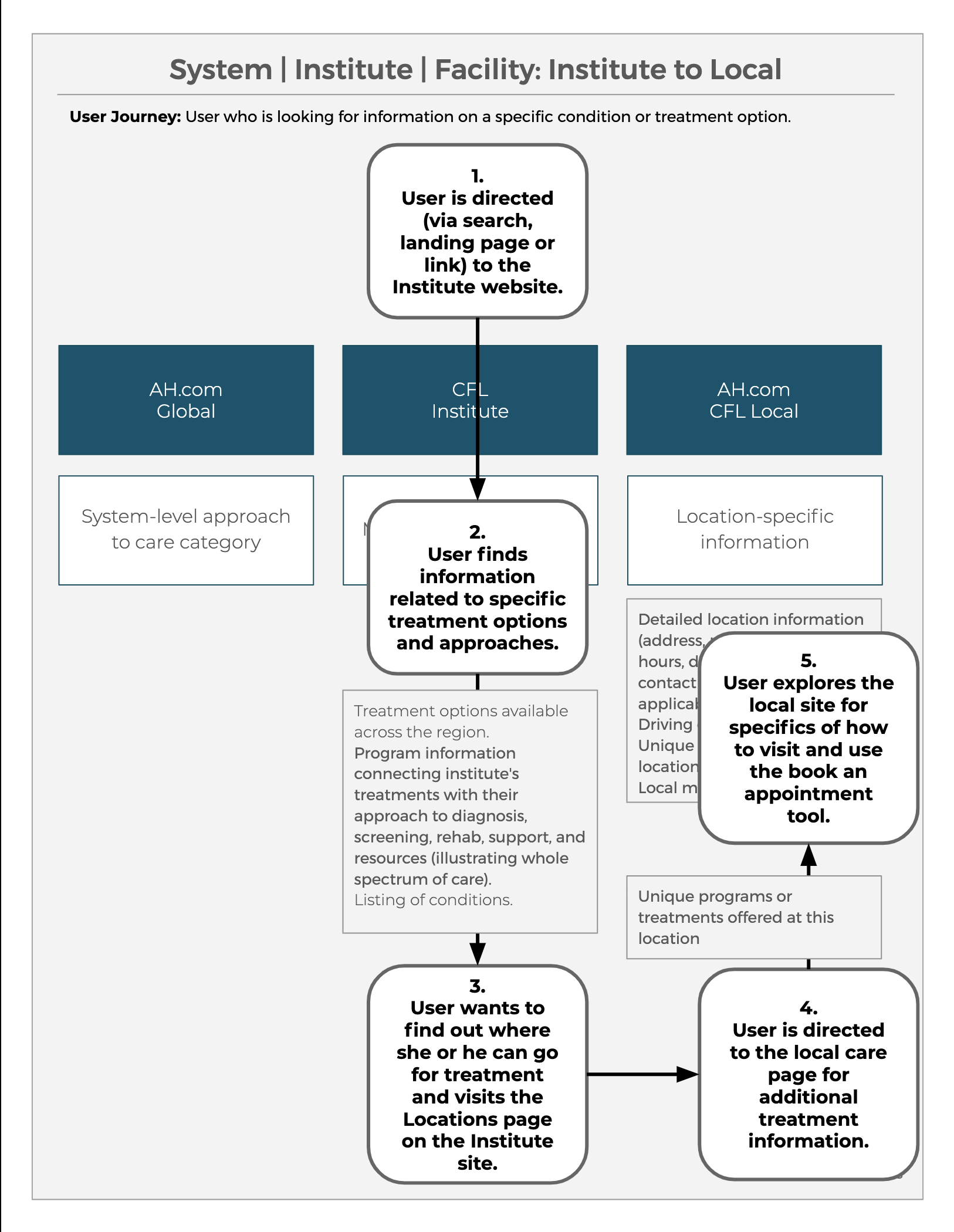
Content strategies included how these institute sites “fit” within the larger Advent Health ecosystem and how users could make their way to and through that ecosystem.
I worked on a start-up initiative called ShopClok that would allow users to “lock in” a sale price for a specific item for a nominal fee — an attempt to re-think the concept of layaway for the digital space. The foundation of the ideation of this project was a core frustration when sales slipped through users’ fingers because they did not have all the funds on hand at the moment of the sale to get that sale price on a product.
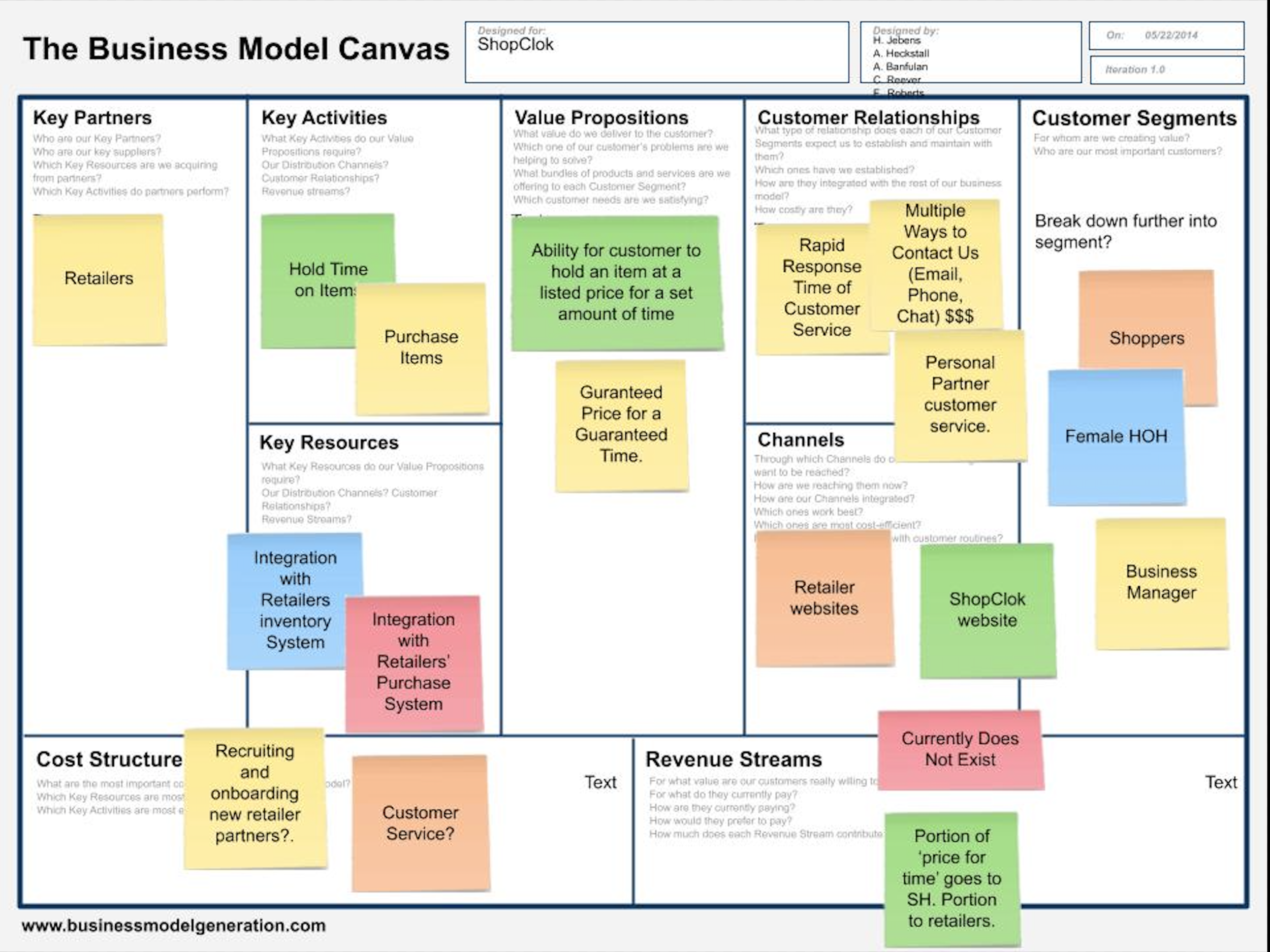
The Business Model Canvas was one artifact we used to delve into the problem space.
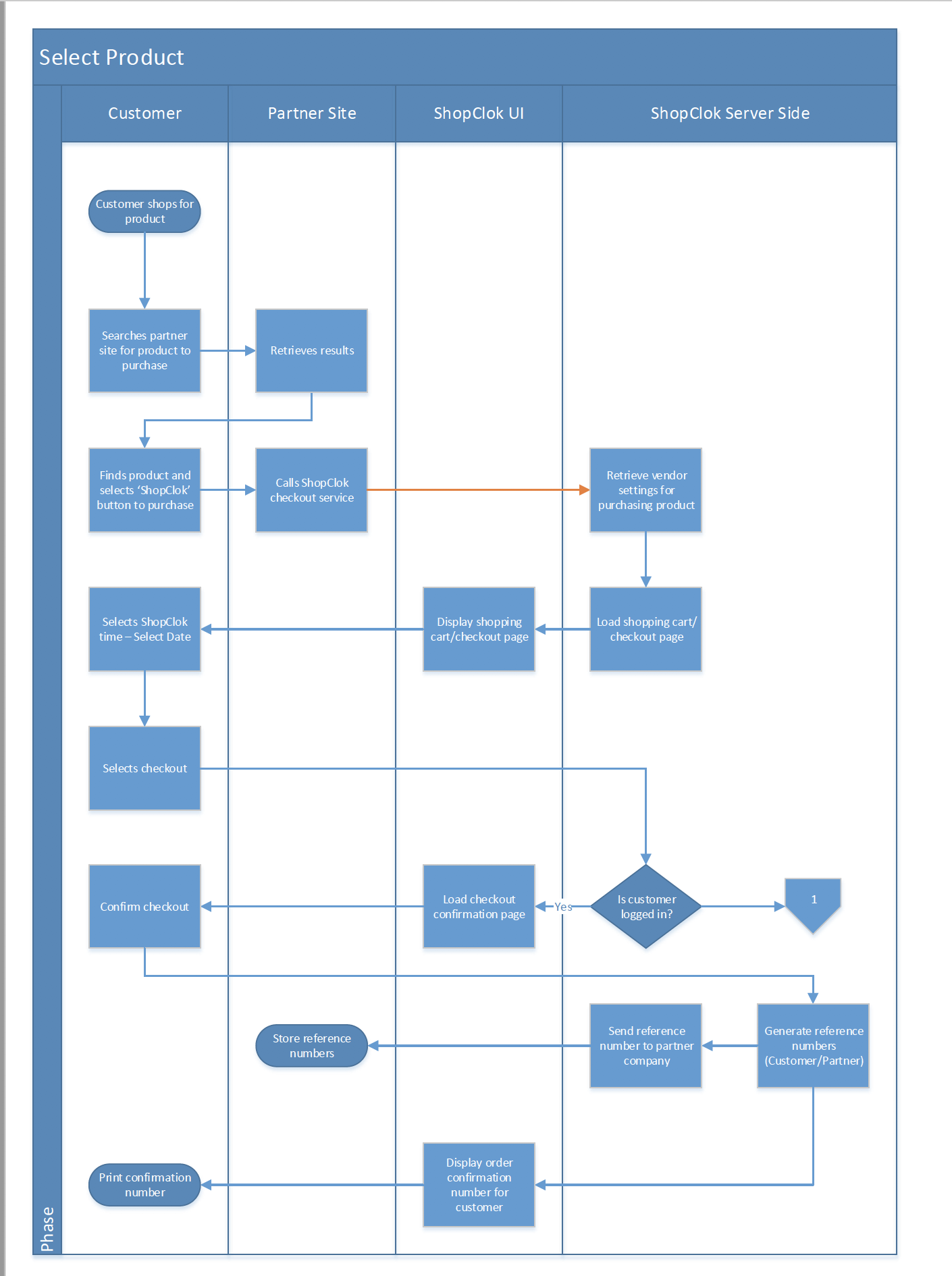
Process Flows helped us work through functional aspects of our idea.
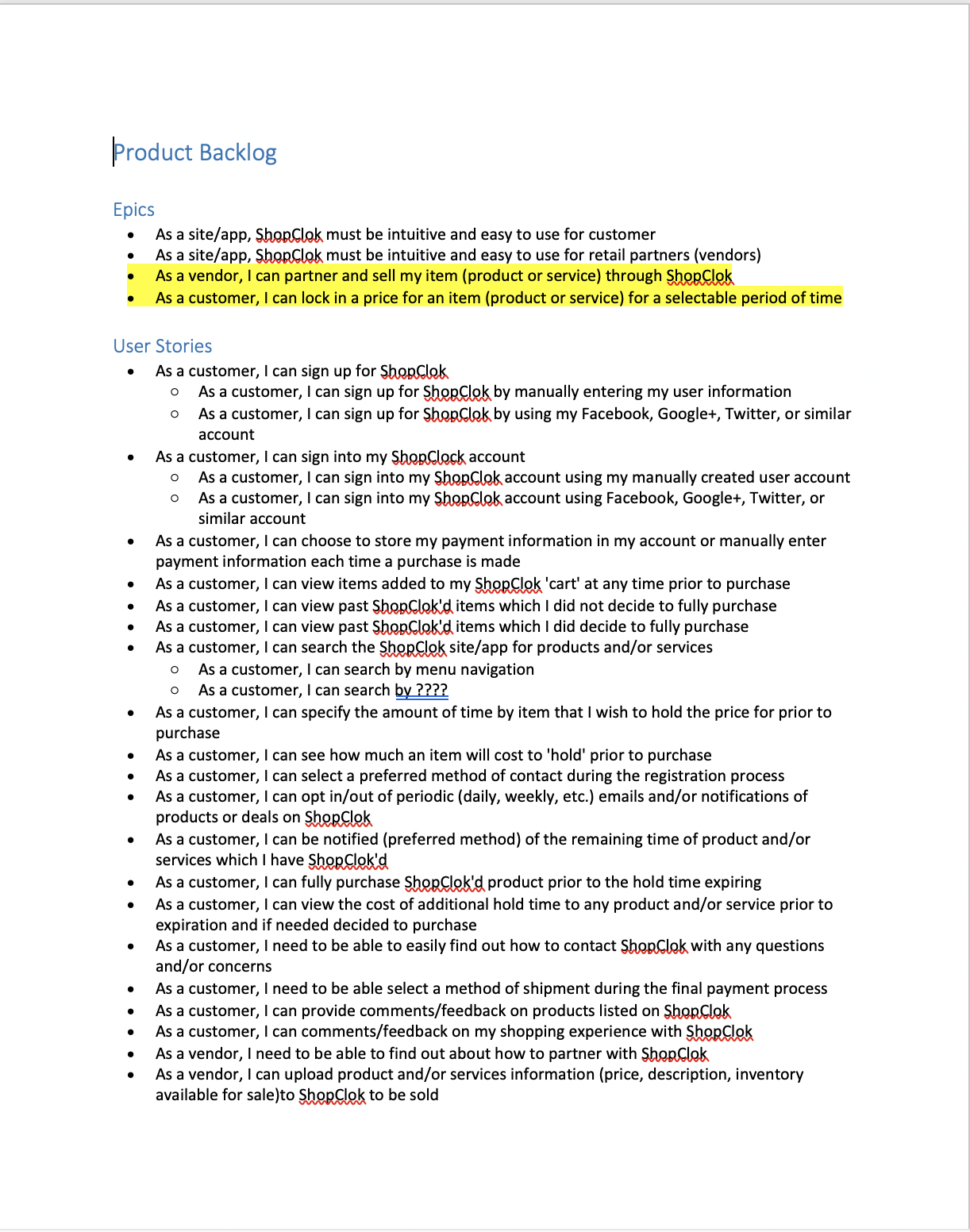
We worked through lots of user stories.
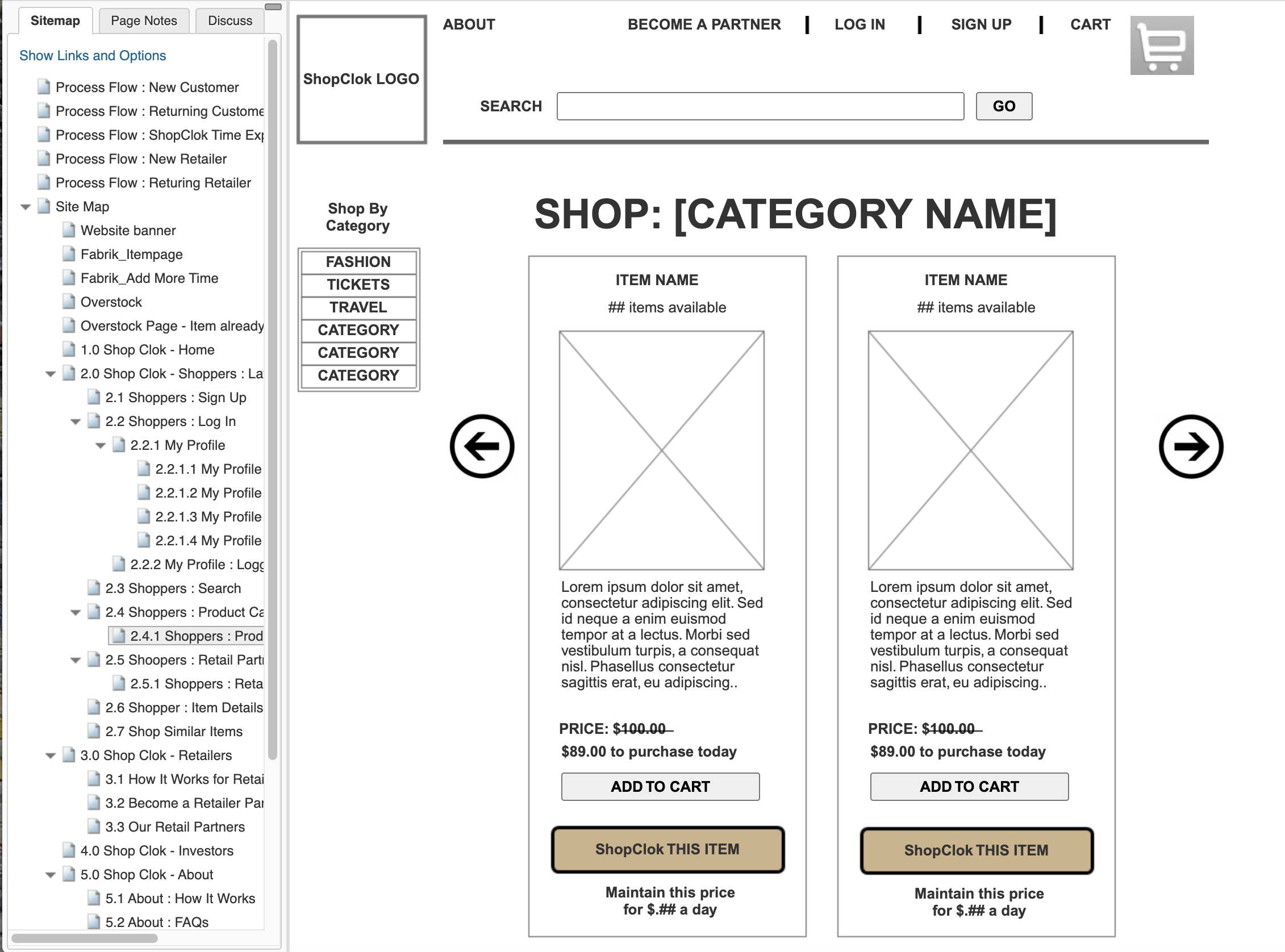
… crafted wireframes to work through the expressions of those user stories and process flows …
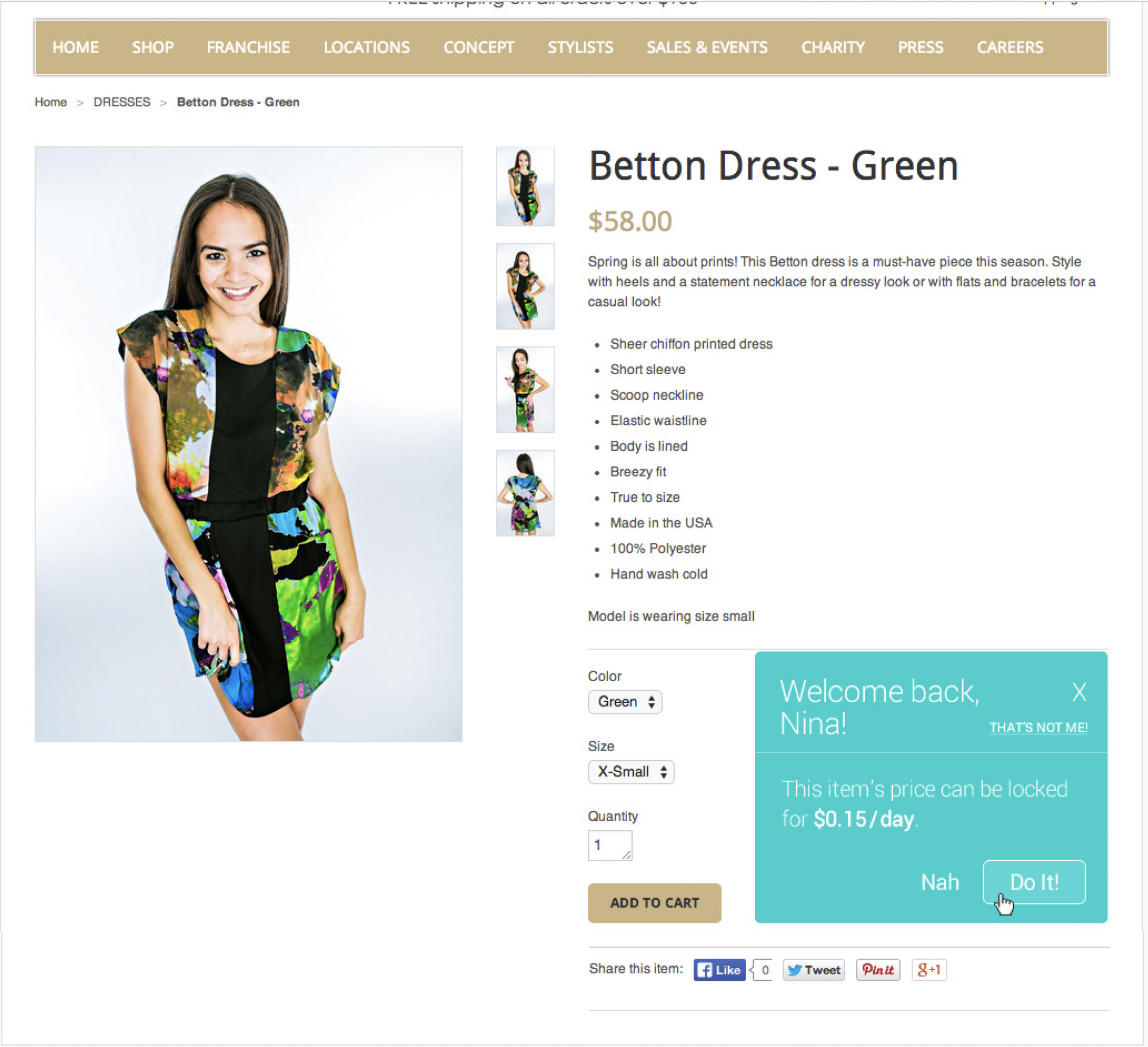
… to come up with a vision for the experience.
For ExxonMobil, I worked to plan and prototype an in-store experience that would help user’s identify the best possible motor oil to use for their specific vehicle, vetted and tested with consumers in China, Russia and the United States.
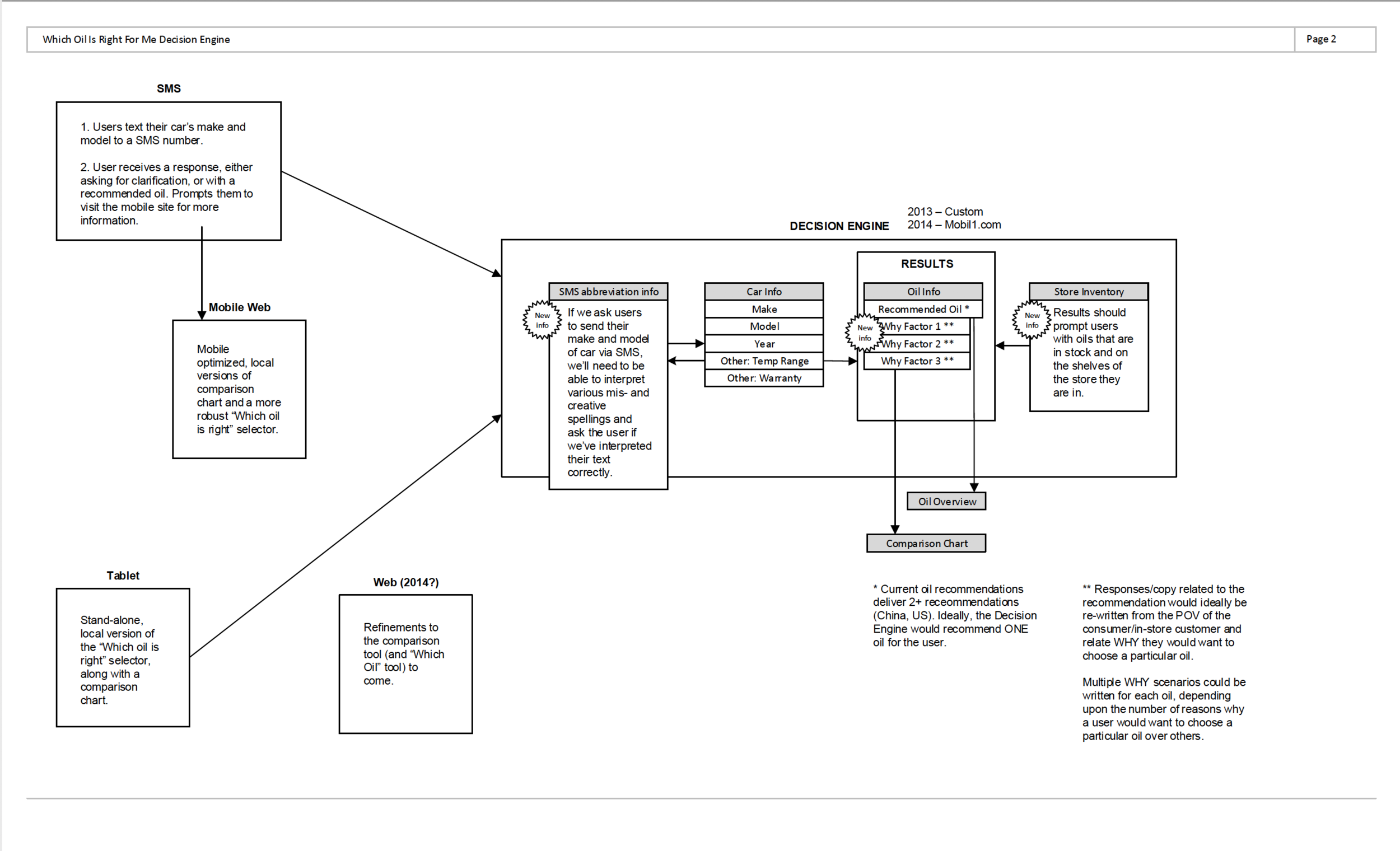
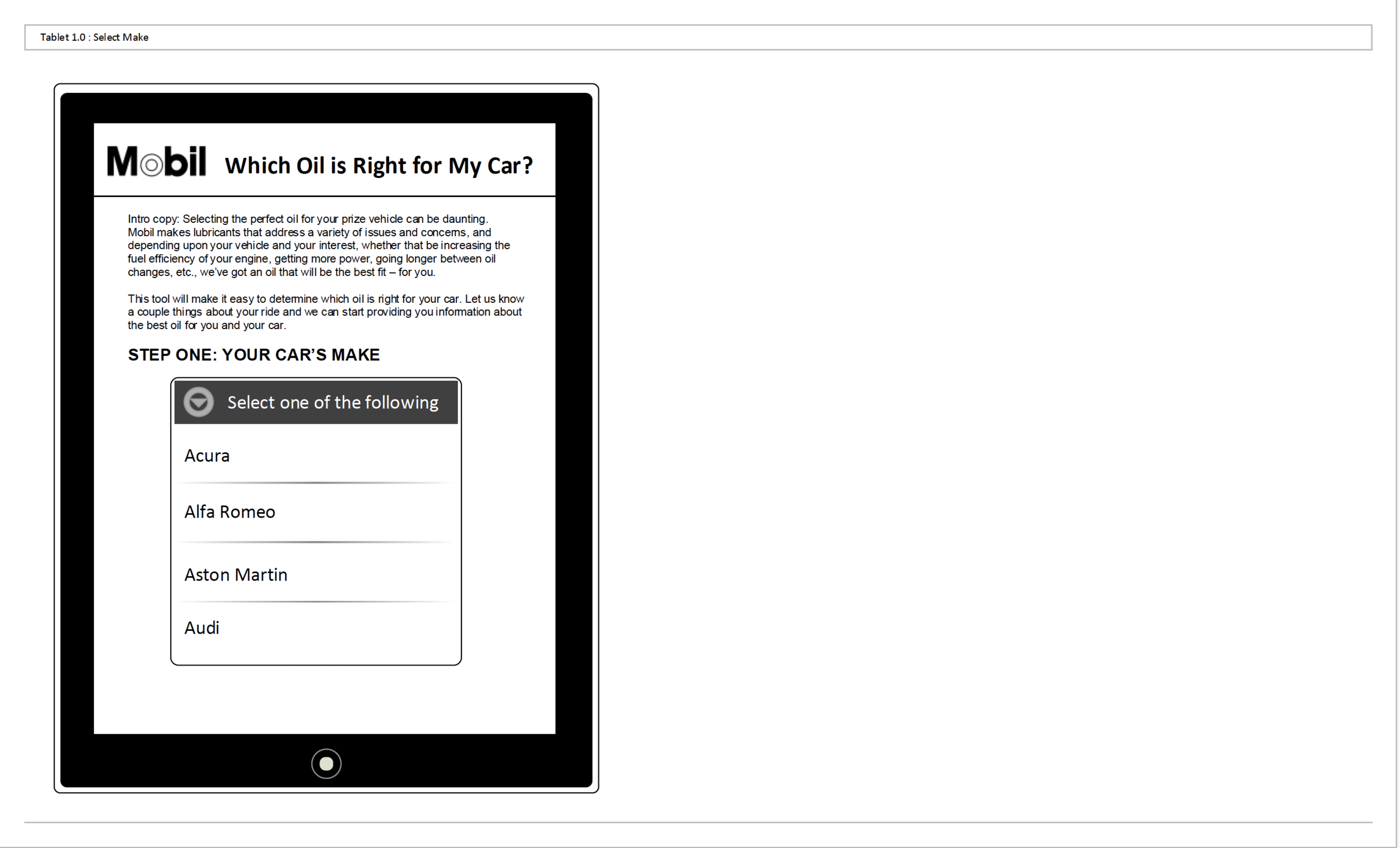
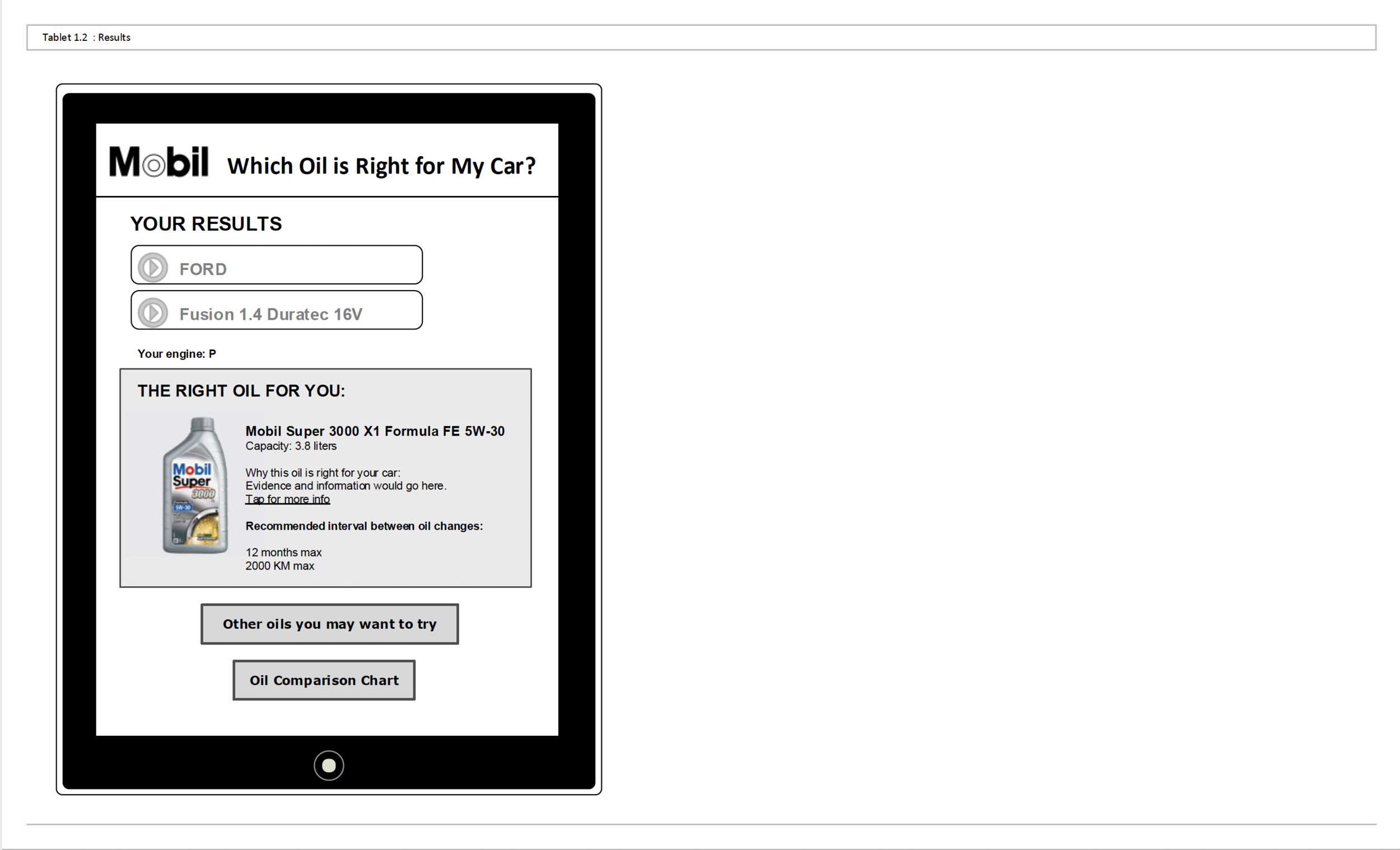
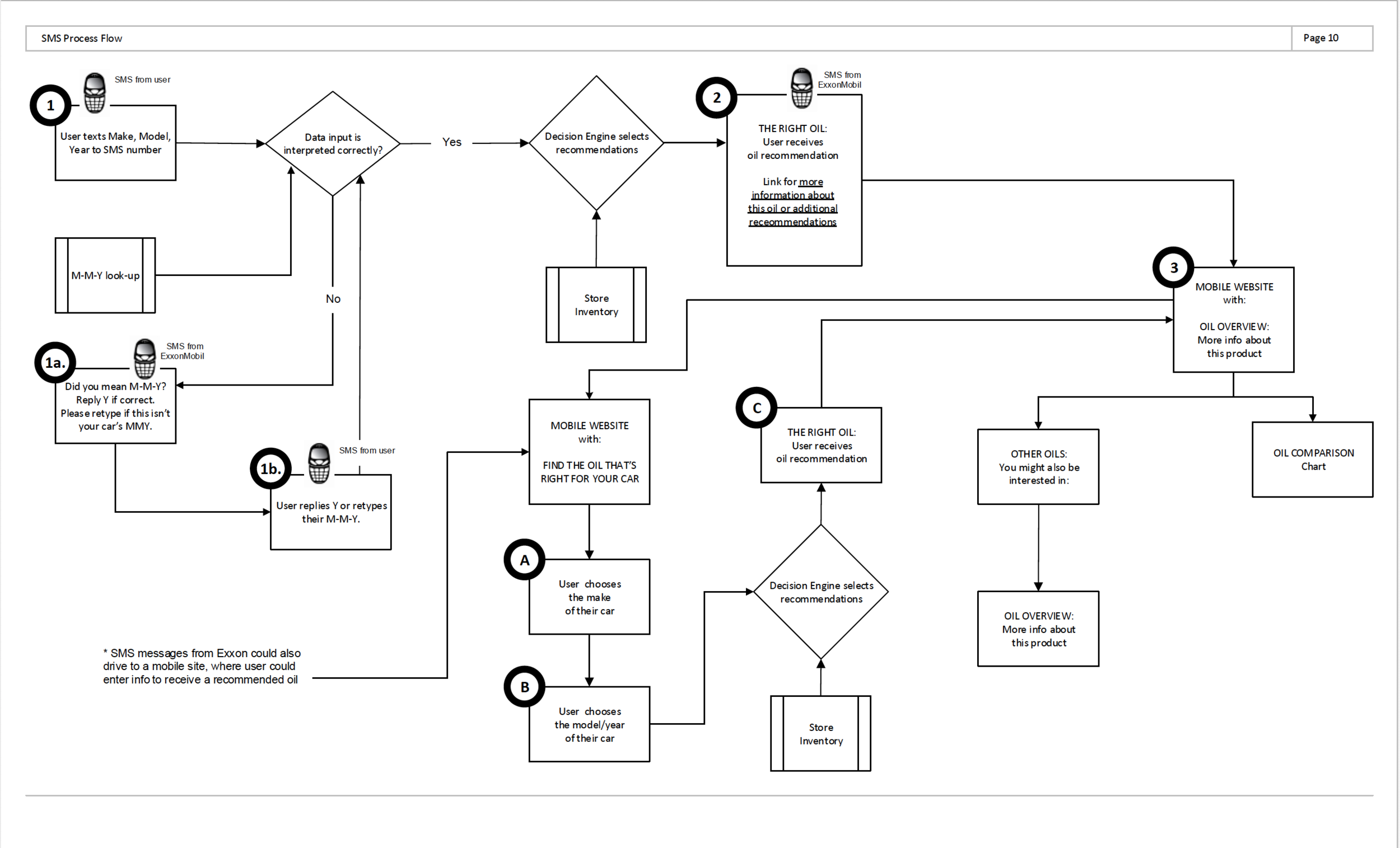
Early in my UX career (long before I had heard of the term “user experience”,) I worked with a company called 3Q that utilized 3D scanning technology initially developed for medical use to allow users to generate a scan of their face and import their likeness into then popular computer games like “Counterstrike.” We fabricated physical photo booth-like constructions so that gamers could visit their local GameStop store to get their face scanned. I am sure if we would take on this project today, we would approach it very differently. It did garner some coverage in the New York Times, though. https://www.nytimes.com/2001/08/09/technology/circuits/putting-your-face-inside-a-video-game.html
